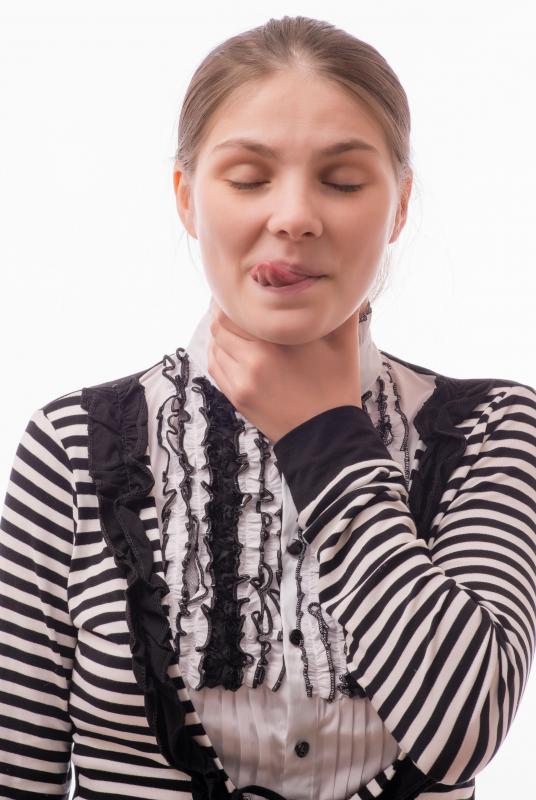At WiseGEEK, we're committed to delivering accurate, trustworthy information. Our expert-authored content is rigorously fact-checked and sourced from credible authorities. Discover how we uphold the highest standards in providing you with reliable knowledge.
What are Vestibulo-Ocular Reflexes?
The vestibular system, which is made up of the semicircular canals, the utricle, and the saccule of the inner ear, provides feedback regarding head position during brief periods of rapid head rotation that results in rapid compensatory eye movements in an opposite direction to the head rotation. For example, when a desk clerk in a swivel chair gazes at a computer, he can maintain fixation on the computer even if his body and head rotate in the chair by compensatory eye movements, which are called vestibulo-ocular reflexes. Information travels from the inner ear along the vestibular nerves to the vestibular nuclei in the brainstem, which produces excitement of the nerves that stimulate eye movement. These compensatory eye movements prevent visual blur during head movement. Imbalances of the vestibulo-ocular reflexes may cause rhythmic to-and-fro, jerking eye movements, called nystagmus, as well as vertigo, nausea, and vomiting.
Disruptions of the vestibulo-ocular reflexes may stem from abnormalities in the inner ear or the brainstem. Peripheral vestibular dysfunction associated with inner ear disease may be the result of infection, excess fluid, trauma, or toxicity to chemicals or drugs. Strokes, medications, or degenerative nerve diseases, such as multiple sclerosis, may produce central vestibular dysfunction by damaging the brainstem. Characteristics of peripheral vestibular dysfunction include the severe nature of its symptoms, its short-lived duration, and the ringing in the ears associated with the condition. On the other hand, central disturbances of the vestibulo-ocular reflexes have milder symptoms than peripheral dysfunction, but they may be more chronic.

The lateral medullary syndrome of Wallenberg is a well-known stroke syndrome that affects the brainstem and produces vestibular imbalance. If damage occurs due to poor blood flow to the lateral part of the brainstem, sensory pathways are primarily impacted, producing a stroke that does not cause paralysis or muscle weakness. Patients with this syndrome complain of a loss of sensation to pain or temperature on the same side of the face as the lesion, along with loss of pain and temperature sensation on the opposite side of the body. They may also present with difficulty speaking, chronic hiccups, drooping of the upper lid on the same side, and difficulty swallowing. Ocular tilt, the sensation that the world is tilting, and the feeling of being pulled to one side are frequent symptoms that relate to the disruption of the vestibulo-ocular reflexes.

Physicians may detect dysfunction of the vestibulo-ocular reflexes by having the patient shake his head horizontally for fifteen seconds. Then, while holding the head stable, the physician observes the eye position. Patients with imbalances in the vestibular system will experience rapid jerks of the eyes toward the damaged region with compensatory readjustments back to the straight position. Additionally, patients with bilateral abnormalities in the vestibulo-ocular reflexes will demonstrate a decrease in visual acuity as tested on an eye chart when they read the chart while turning their heads back and forth. For patients with peripheral vestibular problems, fixation on remote, inanimate objects helps to soothe the nausea and awareness of blurred vision, but patients with central problems do not experience improvement in their symptoms with fixation.
AS FEATURED ON:
AS FEATURED ON:
















Discuss this Article
Post your comments